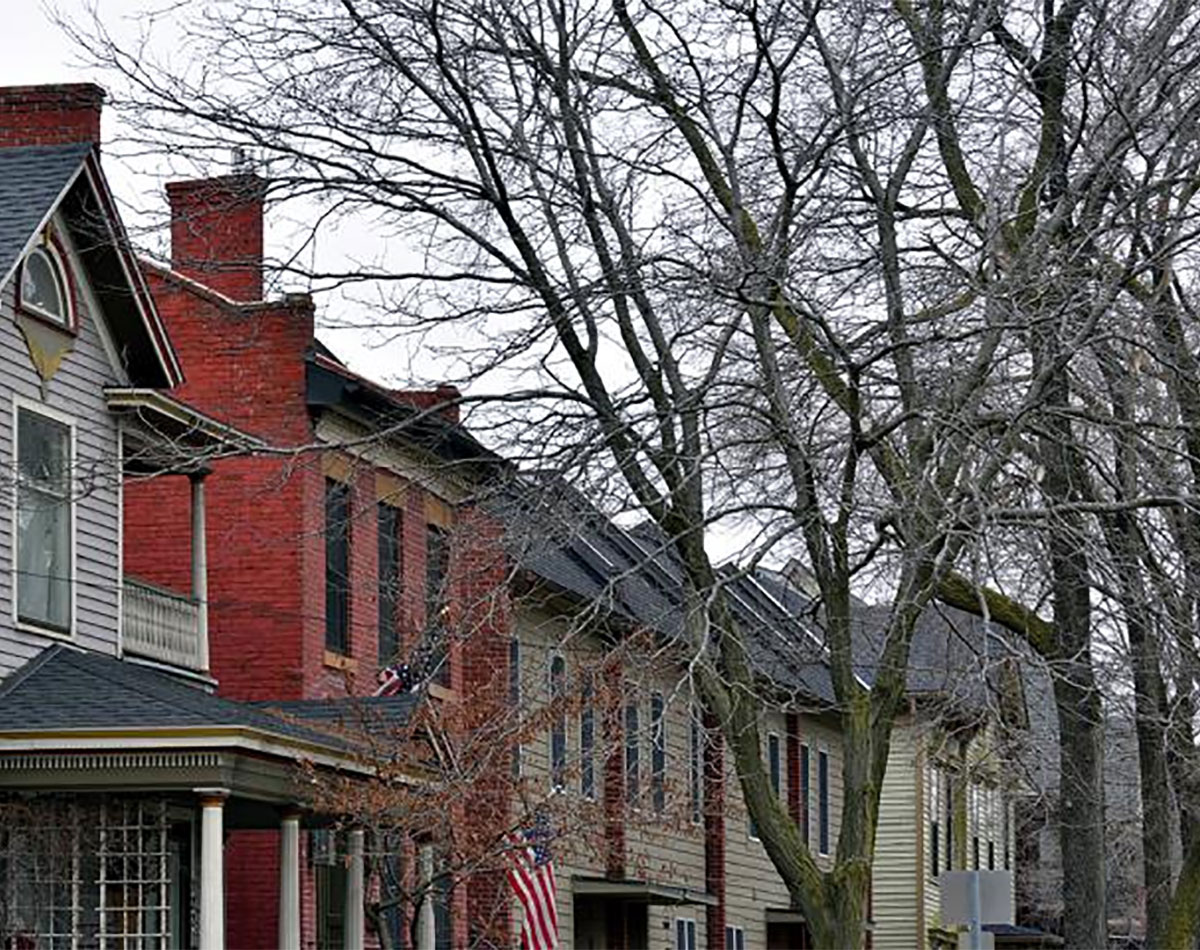When we talk about the climate crisis, what is often left out of the conversation is its impact on “energy burden” -- the percentage of a household’s income that goes toward energy costs -- and how renewable energy and energy efficiency can play a role in combating climate change and reducing energy burden.
A household is considered energy burdened when energy costs exceed six percent of household income. Nationally, low-income households spend a larger portion of their income on home energy costs than higher-income households. There is also a race gap related to how much a household spends on energy costs; Black households spend a greater proportion of their income on energy costs than do white households in the United States.
High energy burdens disproportionately impact low-income families with children, Black, Latinx, and Native American households, and seniors. High energy burdens can threaten a household’s ability to pay for energy, forcing tough choices between paying energy bills and buying food, medicine, or other essentials. High energy burdens can also contribute to the cycle of poverty. The loss of utility service is one of the primary reasons for homelessness, especially for families with children. The lack of working utilities is also a common reason for child welfare agencies to remove children from their homes.
Climate change will exacerbate the existing energy burden for low-income families, with children, Black, Latinx, and Native American households, and seniors being hit the hardest. The growing number of extreme weather events associated with climate change and the corresponding surge in energy prices will force energy-burdened families to take extreme measures. In instances of extreme cold, families will use cooking ovens and space heaters to keep warm. During heat waves there will be fatalities because families can’t adequately cool their homes.
In February, when millions of Texas families lost their power, Black and Latinx communities were the first to face power outages. Low-income Texas families already spend a disproportionate amount of their income on utility bills, in part because of the physical condition of their homes. In the aftermath of the storm many families lacked the financial resources to rebound, and were unable to pay their utility bills. Families experiencing high energy burdens are more affected by climate events because it is more difficult for them to prepare for, respond to, and recover from disasters.
We can combat the climate crisis by accelerating the use of energy efficiency and renewable energy technologies. If we ensure that families experiencing high energy burdens have access to these technologies,we can also tackle this country’s energy affordability crisis. Clean energy investments such as energy efficiency, weatherization, and renewable energy can provide a long-term solution to lowering high energy burdens. Research by the American Council for an Energy-Efficient Economy and Energy Efficiency For All has shown that improving the energy efficiency of the homes of families with high energy burdens would significantly cut, or even eliminate, their excess energy burden. For Black and Latinx households, 42 percent and 68 percent of the excess energy burden, respectively, would be eliminated by making their homes as efficient as the average home.
However, families face barriers to accessing energy efficiency upgrades. These include a lack of qualifying credit scores and the inability to pay for upgrades. Low-income families are often renters, further compounding the issue, as landlords may balk at making energy improvements because they often aren’t the ones paying the energy bills, leaving those benefits out of reach for tenants.
Cities across the country are leading the way by making the reduction of household energy burden part of their climate action plans. Minneapolis has a Climate Action Plan that states that the city will prioritize neighborhoods with high energy burdens and that reporting should include equity indicators to measure whether energy burden reductions are equitable. Atlanta’s Clean Energy Plan makes reducing household energy burden pivotal to achieving a clean energy future.
States and cities have been laying out a roadmap for climate leadership. Thirty-three states and 29 US cities have climate plans in place, but most of these climate plans do not include measures that ensure equitable distribution of renewable energy and energy efficiency and weatherization upgrades to decrease home energy burdens.
This moment in history requires us to take a step back and refocus. We face multiple interconnected crises: the impacts of systematic racism, an economic downturn, a worldwide pandemic and a climate crisis that has made extreme weather events the norm. It is time for climate advocates to also be energy justice advocates. We can and must stave off the worst of climate change while also making sure no family has to make the impossible choice between keeping their home safe to live in or feeding their children.
Take action here.
